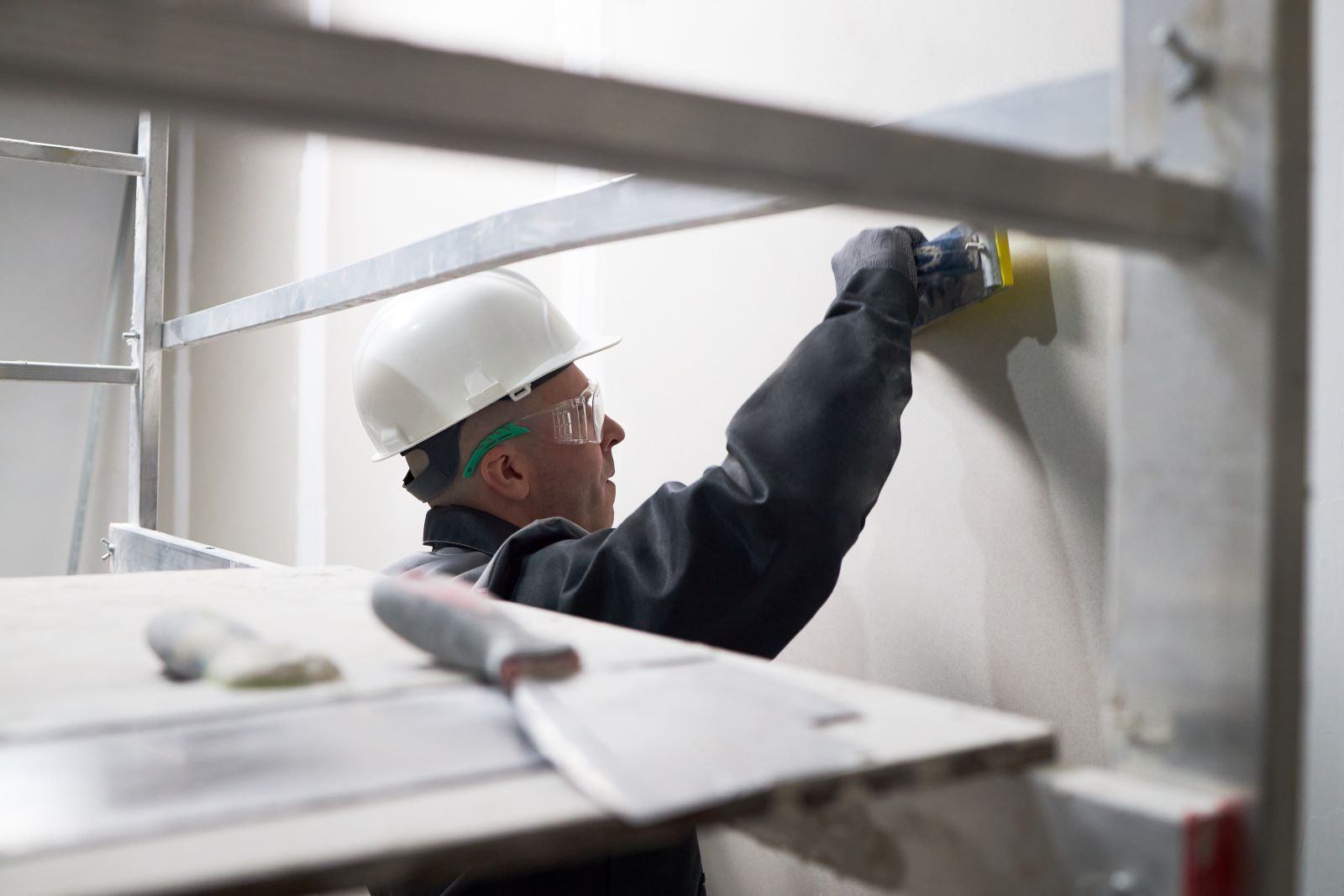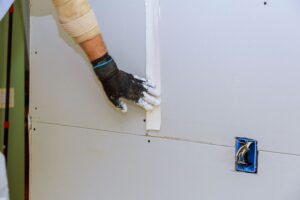Living in a historic San Diego home is like owning a piece of art—gorgeous, unique, and just a little high-maintenance. Whether you live in a craftsman in North Park, a Spanish revival in Mission Hills, or a vintage Victorian in Golden Hill, your house has character—and likely, its fair share of wall issues. That’s where drywall repair comes in.
Older homes bring charm but also some serious drywall quirks. From ancient cracks to the ghost of plaster and lath repair jobs gone wrong, San Diego’s historic homes have seen it all. But don’t worry—with the right know-how, a little love, and maybe the help of a pro, you can preserve those beautiful walls and keep them standing strong.
Brought to you by SGP Drywall, San Diego’s trusted specialists in restoring vintage walls with modern skill and old-school respect.
The Most Common Drywall Problems in San Diego’s Historic Homes
Historic homes may have a lot of charm, but their walls have seen decades—sometimes over a century—of wear and tear. From fragile materials to shifting foundations, these homes come with unique drywall challenges that modern construction just doesn’t face. Below, we break down the most frequent drywall repair issues homeowners encounter in older San Diego properties—and how to fix them the right way.
1. Plaster and Lath Repair: The Granddaddy of Drywall Challenges
If your home predates the 1950s, chances are it was built using plaster and lath instead of drywall. These walls are gorgeous when intact but a nightmare when cracked or crumbling.
The Issue:
Over time, plaster detaches from the wooden lath beneath it, creating bulges, cracks, and even collapses.
How to Fix It:
You have two main options:
- Repair the plaster by reattaching it using adhesive and washers, then resurfacing.
- Or, replace the section with drywall, blending it with existing textures for a clean match.
This kind of historic home wall restoration requires finesse. Texture blending and thickness matching are essential if you want your repair to be invisible.
2. Drywall Cracks in Old Homes: From Hairlines to Hefty Gaps
Nothing says “I’ve been around” like a good old-fashioned wall crack. But there’s a difference between cosmetic and concerning.
The Issue:
Drywall cracks in old homes occur due to expansion, contraction, and foundational shifts.
How to Fix It:
- Hairline cracks: Clean them out and use a flexible, paintable caulk before repainting.
- Wider cracks: Use mesh tape and joint compound, then sand and repaint.
If cracks keep coming back in the same spot, it could point to structural problems. Time to call in an expert before patching becomes a monthly routine.
3. Wall Texture Matching: Keeping the Charm Alive
Here’s the thing: you can’t just slap on some mud and hope no one notices. Historic homes often feature unique wall textures, like skip trowel, swirl, or sand finishes.
The Issue:
Nothing ruins a period-perfect interior like a drywall patch that stands out like a sore thumb.
How to Fix It:
After your repair, take the time to match the texture:
- Use the same tools (brushes, trowels, sponges) as the original application.
- Test your pattern on cardboard or spare drywall first.
- Or, better yet, bring in someone with experience in period-appropriate drywall fixes.
This attention to detail is what separates a good repair from a “why-did-they-do-that” patch job.
4. Moisture Damage and Mold in Vintage Homes
From beachy breezes to aging pipes, water damage is no stranger to San Diego homes—especially ones with 70+ years under their belt.
The Issue:
Moisture causes bubbling, staining, and mold behind your drywall. Left unchecked, it can weaken your walls and compromise indoor air quality.
How to Fix It:
- Identify and stop the moisture source (roof leak, bad plumbing, poor ventilation).
- Cut out the affected drywall and replace it with moisture-resistant panels.
- Use mold-resistant joint compound and paint to prevent future issues.
This step is essential for restoring historic interiors safely and responsibly.
Preserving Historic Walls the Right Way

Your home’s character lies in its details—wainscoting, archways, ceiling medallions, and, yes, the walls. So, when performing drywall repair, think long-term.
Preservation Tips:
- Avoid shortcuts like skim coating over bad plaster.
- Document the original finishes before repair for accurate restoration.
- Use historically accurate materials whenever possible.
And always prioritize quality over speed. Remember: you’re not just repairing walls—you’re preserving San Diego’s history.
Trust SGP Drywall for Historic Home Repairs
If your historic home’s walls are cracking, crumbling, or sagging, don’t leave it to chance. SGP Drywall specializes in restoring the charm of San Diego’s vintage homes—without sacrificing structural integrity or beauty.
We blend modern expertise with respect for old-world craftsmanship. Whether you need a delicate patch or a full wall rework, we’re here to make your historic home feel whole again.
Schedule your consultation today, and let’s preserve your piece of San Diego history—one patch at a time.
FAQ: Historic Home Drywall Repair in San Diego
Can you combine drywall and plaster in one room during repairs?
Yes, but it requires careful planning. You’ll want to ensure both materials meet evenly and that the joint compound used is compatible with both surfaces. Keep in mind wall texture matching becomes more important when blending materials, and you’ll want a finish that doesn’t scream “half-modern, half-vintage.”
Is it better to fully replace old walls or patch them in historic homes?
In most cases, patching is the preferred method to preserve architectural integrity. However, if the plaster is severely degraded or there’s moisture damage, replacement with drywall may be the more cost-effective and long-lasting solution. Every home is different—consult a restoration specialist before gutting any original elements.
Do historic homes in San Diego require special permits for drywall repair?
If you live in a designated historic district or your home is on the local historic register, you may need permits for interior work—especially if it involves structural changes. For drywall repairs that require simple patching, you don’t typically need one, but it’s best to check with San Diego’s Development Services Department to be sure.
Up Next:
If you’re the hands-on type or thinking about patching up a few dings yourself, check out our next article:
“Drywall Repair Tips for San Diego DIYers—and When It’s Time to Call a Pro“
We’ll cover simple fixes you can tackle solo, plus how to know when it’s time to bring in the experts.




